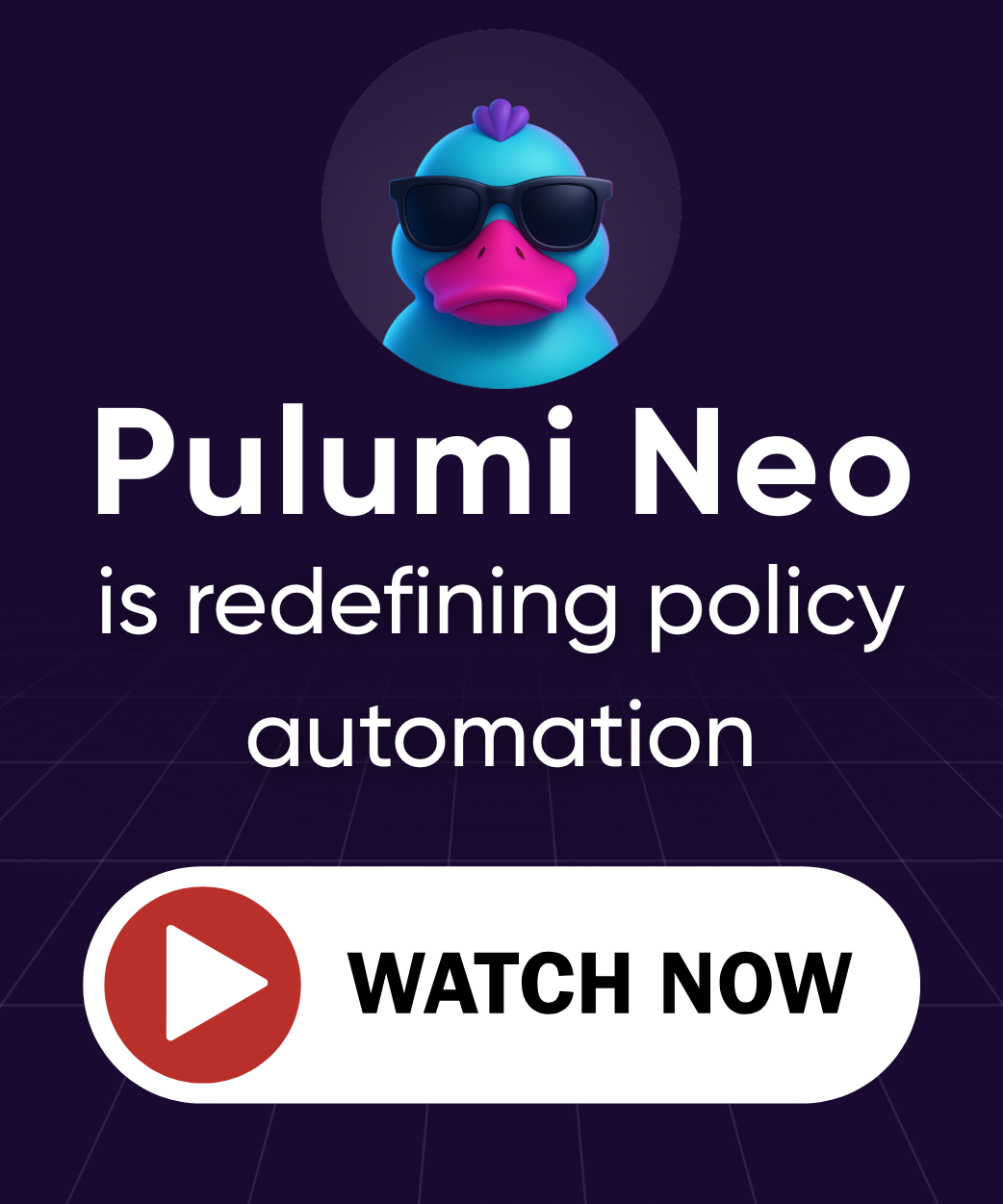Security as an Enabler: Building Trust into Your Platform
Posted on
In previous articles, we looked at how platform engineering fixes infrastructure chaos, enables self-service, and improves developer workflows. These pillars work together to boost both developer productivity and organizational speed.
But there’s still one critical element that can make or break all this progress: security.
Traditional security efforts — even “shift-left” initiatives — often create friction instead of clearing the way for innovation. Embedding security directly into your platform changes that. By weaving in policy-as-code, centralized secrets management, and identity-based authentication, you turn security from a blocker into an enabler. And with the right metrics, you can measure how well your platform balances protection and speed.
When security is baked into your internal developer platform, it stops being a gatekeeper. Developers move faster — and with more confidence.
Done right, your teams gain autonomy without compromising safety. Security people become partners instead of blockers. Your organization builds trust that speeds up innovation rather than slowing it down.
The Problem: Security as a Gatekeeper
Traditional security practices often create friction rather than enable innovation. Developers run into several pain points: last-minute security reviews that delay deployments, unclear policies that feel arbitrary, and security teams that act more like blockers than partners.
This friction has real consequences. When security becomes a bottleneck, developers find ways around it. They take shortcuts. All of this increases risk through inconsistent security practices.
The end result is that innovation slows down. Developer autonomy shrinks. And the agility your platform was supposed to deliver disappears.
Many organizations try to fix this by “shifting security left” - moving security checks earlier in development. But just dumping security responsibilities onto developers isn’t the answer. It overwhelms them and can still create inconsistencies.
The real solution isn’t just about changing when security happens. It’s about changing how it works.
Key Security Functions within a Platform
Effective platform security involves several key functions, regardless of how they are distributed across teams or individuals in your organization:
Defining Security Strategy & Policy:
- Developing and maintaining security policies, standards, and architectural best practices tailored to the organization.
- Providing security guidance, education, and support across engineering teams.
- Performing threat modeling, security architecture reviews, and proactive security assessments.
Monitoring & Responding to Threats:
- Actively monitoring systems to detect security events and potential threats in real-time.
- Managing security tooling (like SIEMs, vulnerability scanners) and orchestrating incident response procedures.
- Investigating incidents, coordinating remediation efforts, and managing security automation.
Integrating Security into Development & Infrastructure:
- Embedding security controls directly into the development lifecycle and infrastructure provisioning processes.
- Implementing secure-by-default configurations, automated security checks (SAST, DAST, SCA), and policy-as-code guardrails.
- Ensuring security considerations are built into CI/CD pipelines, service templates, and infrastructure modules from the start.
Collaboration between these functions is crucial. A successful platform ensures that policy definition, operational monitoring, and practical implementation work together seamlessly to create a secure environment without hindering velocity.
The Solution: Embedding Security into Developer Workflows
The key to solving security friction isn’t just adding more checkpoints earlier. It’s weaving security directly into your platform and your developers’ daily work.
Adding automated scans to your CI/CD pipeline is a good start. Tools like Dependabot, Snyk, and Trivy catch problems early and alert developers quickly. But these “shift-left” checks alone aren’t enough. Developers still need to interpret findings and fix issues, often without adequate support.
Platform engineering takes a different approach. It builds security in from the start, rather than treating it as a final hurdle or dumping complex responsibilities on developers. It uses secure-by-default components and automated guardrails that work continuously.
Let’s see what this looks like in practice.
Policy-as-Code for Security: Automating Trust
If you’ve implemented the intent-based approach we covered earlier, your developers already use secure-by-default modules. They simply request what they need (“I need a Java service with Kafka and PostgreSQL”), and the platform handles security details like IAM roles, encryption, and permissions.
But secure defaults aren’t enough. You still need automated guardrails. Policy-as-Code adds this enforcement layer, keeping security standards consistent—even when someone tries to bypass or change the modules. It’s a backup system: secure modules provide your first defense, and Policy-as-Code catches anything that might slip through.
For Example:
IAM Roles with Least Privilege:
- Secure Default (Module): The platform team’s IAM module automatically generates roles with least-privilege permissions. Developers don’t specify IAM roles directly.
- Policy-as-Code (Additional Guardrail): A policy explicitly checks all IAM roles provisioned by the platform, ensuring no role grants overly broad permissions (e.g., no wildcard permissions). If a module is accidentally modified or misconfigured, the policy catches it immediately.
Mandatory Encryption at Rest:
- Secure Default (Module): The platform team’s database module automatically provisions databases with encryption at rest enabled. Developers don’t specify encryption settings directly.
- Policy-as-Code (Additional Guardrail): A policy explicitly checks all storage resources to ensure encryption at rest is always enabled. If a developer or platform engineer accidentally modifies the module or bypasses it, the policy immediately flags the issue.
When you add Policy-as-Code to your platform, security becomes automatic and clear. Developers get instant feedback they can trust, and security teams maintain control without slowing things down. Your teams can move fast without taking shortcuts that create risk.
Protecting Sensitive Credentials by Default
Policy-as-Code secures your infrastructure, but you still need to protect how applications access sensitive resources like databases and APIs.
Here’s what often happens: A developer copies database passwords into a local .env file. They accidentally commit this file to Git, exposing the credentials to anyone with repository access. Or they inadvertently bake these secrets into a Docker image that others can download. Worse yet, if their laptop gets hacked, attackers can use these credentials to break into production systems.
When these breaches happen, everything stops. Teams scramble to rotate credentials, investigate the damage, and fix systems—creating delays and increasing risk.
Centralized secrets management provides a robust solution to credential security. It stores sensitive information in a secure vault and offers controlled access methods at runtime. Developers work with the secrets management solution instead of handling credentials directly, which significantly reduces exposure risk.
Platform teams build these secure patterns into their service templates. They create clear pathways for accessing credentials that guide developers toward secure practices in both development and production environments.
With this approach, your deployments become both faster and safer. Developers follow simpler, more consistent security procedures, while security teams gain confidence that credentials are properly protected throughout your systems.
Identity and Access Management: Frictionless Security through Identity
Your platform must also solve another security problem: how people and systems safely access cloud resources.
Developers hate juggling multiple credentials—cloud provider keys, passwords, or tokens. These credentials can expire, get lost, or leak, causing headaches and security risks.
Consider a common scenario: A developer trying to fix a broken production system finds their credentials have expired. Now they’re stuck hunting for new credentials instead of fixing the problem.
Identity-based authentication fixes this. Developers just use their regular login. When developers log in normally, they automatically get secure access to cloud resources through OIDC or SAML. No more managing credentials. Access stays secure and current.
This approach simplifies access and removes barriers. Developers get secure access to resources when they need them, speeding up work without weakening security.
Identity-based authentication, combined with policy-as-code guardrails and centralized secrets management, creates a comprehensive security system that protects without impeding work. To see how these practices function together, let’s look at a real example.
Real-World Example: Security Enablement from Build to Incident Response
A developer deploys a new microservice. They select a secure template from the service catalog. Policy-as-code instantly checks that encryption and permissions are set correctly, and credentials are setup in a centralized secrets management environment.
As the service builds, automatic scans check dependencies and container images for vulnerabilities. The system creates a dependency list (SBOM), tracking every component used. Build pipelines verify and sign code, so only trusted code reaches production.
Once deployed, security monitoring begins automatically, showing the service’s security status in real time. Later, someone discovers a vulnerability in a library used by the microservice. Thanks to the dependency list, the security team immediately knows which services are vulnerable. Monitoring spots suspicious activity and sends clear alerts to the team’s dashboards.
Clear incident response plans help teams contain and fix the problem. The team patches the vulnerable component, using the same secure pipelines to quickly roll out the fix.
In this scenario, security helps rather than blocks at every stage. From building to responding to incidents, your platform helps teams build secure software quickly.
But how do you know if your security practices are truly enabling your teams? To answer that, you need clear, actionable metrics.
Metrics: Measuring Security Enablement
To check if your security approach works, track two things:
Security Incident Rate:
Count how many security problems reach production. Fewer incidents means your security is working.Developer Security Friction Score:
Include security questions in your regular developer surveys. Ask how much security processes slow their work or cause frustration. Improving scores show that security fits naturally into their workflow.
These two measures combined tell you your security works and at what cost, so your team can build good software fast.
Pulumi and Security Enablement
Achieving these goals, a decreasing incident rate coupled with a low developer friction score, requires a platform built with the right foundations. Pulumi helps you construct such a platform by providing built-in capabilities that directly embed security into your infrastructure workflows:
- Policy as Code (CrossGuard): Automatically enforce security and compliance standards.
- Secure Secrets Management (Pulumi ESC): Centralize and securely inject secrets without manual handling.
- Identity-Based Authentication: Simplify secure access to cloud resources using existing identities.
With Pulumi, security becomes an integrated, frictionless part of your platform—accelerating innovation while building trust.
Security as a Platform Feature
Security can help, not hinder. By building security into your platform, you help developers work faster and safer. Security becomes a feature, not an obstacle.
Security completes the platform foundation we’ve built in previous articles on Provisioning, Self-Service, and Developer Experience, creating a platform that speeds up development.
But developers still need to see what’s happening in their systems. Next time, we’ll explore how Observability helps developers spot and fix problems quickly.

